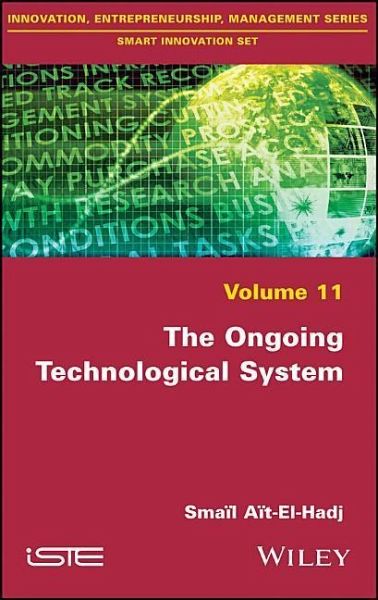
The Ongoing Technological System
Versandkostenfrei!
Versandfertig in über 4 Wochen
159,99 €
inkl. MwSt.
Weitere Ausgaben:

PAYBACK Punkte
80 °P sammeln!
The high level of innovation currently transforming our society and its technological dynamics can be seen as a second wave of innovation of the third technological system, which emerged in the late 1970s. This book discusses the concept of technological systems, focusing on the tools used for formalizing the organization of technology in society and its dynamics of evolution. The author uses these tools to characterize the contemporary technological system and to model its specific dynamics. In doing so, he raises questions about the continuity of the current technological system, and its cap...
The high level of innovation currently transforming our society and its technological dynamics can be seen as a second wave of innovation of the third technological system, which emerged in the late 1970s. This book discusses the concept of technological systems, focusing on the tools used for formalizing the organization of technology in society and its dynamics of evolution. The author uses these tools to characterize the contemporary technological system and to model its specific dynamics. In doing so, he raises questions about the continuity of the current technological system, and its capacity to generate powerful innovatory movements.













